Sustainability / Articles
Carbon Neutrality: What it means and how to contribute
Being sustainable is good business. Find out what carbon neutrality means, what the advantages are, and what you can do in your company.
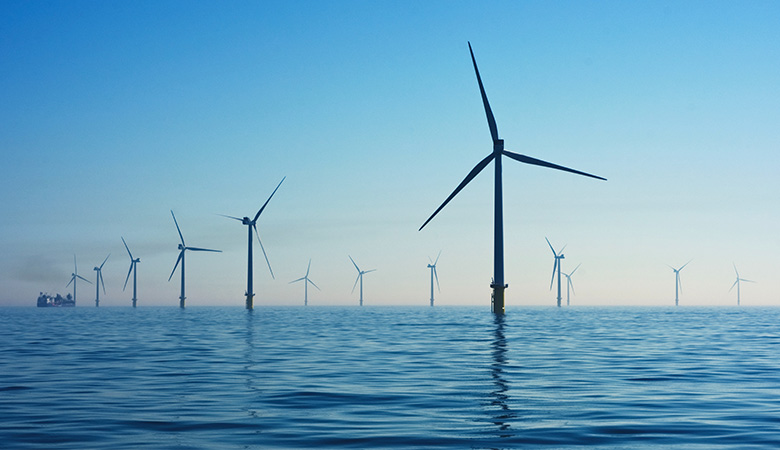
 7 minutes of reading
7 minutes of reading
2023-03-02 19:07:53
Carbon neutrality is good business – for companies and for the planet. Technological developments, growing pressure from society, and government incentives are making organizations – and their bottom lines – a lot greener. But to reap the full rewards, you need to follow a few guidelines. Find out what exactly carbon neutrality is, why it matters, and how to achieve it in 6 simple steps.
What is carbon neutrality?
The term carbon neutrality refers to the balance between the amount of carbon dioxide an organization generates and removes from the atmosphere. It is an important goal because carbon emissions are a major cause of global warming and climate change.
CO2 EMISSIONS PER YEAR BY GLOBAL REGION (IN TONS)
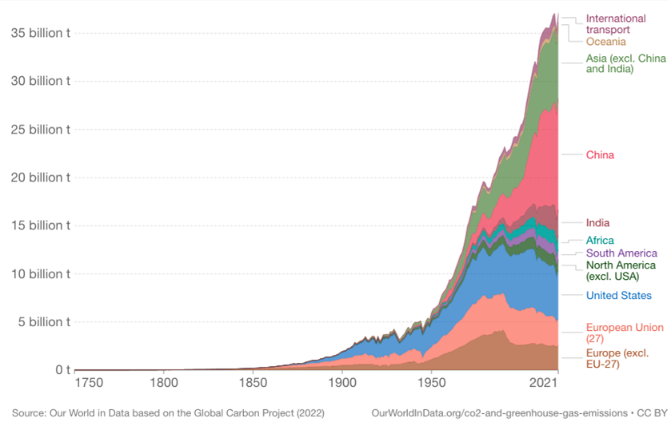
Source: Our World in Data
When it is not possible to reduce or eliminate emissions, companies must take actions to offset them. These initiatives – such as planting trees – capture and store carbon, thereby reducing the impact of greenhouse gas emissions on the atmosphere and minimizing the effects of climate change.
Carbon neutrality: why is it important?
Companies that take initiatives to achieve carbon neutrality not only benefit the community and the planet – they also gain access to new business opportunities and innovative ways to create long-term value.
Companies that proactively manage their carbon footprint achieve an 18% higher return on investment (ROI) than companies that do not. Also, companies that integrated the concept of social impact into their core business increased sales by 20%, productivity by 13%, and even raised the stock value by 6%.
The food sector already has several promising examples. Unilever’s most sustainable brands, for example, account for 75% of its growth, growing 69% faster than others. It illustrates how sustainability is no longer optional but rather a key priority. The question is, how to make this ambition a reality?
6 practical ways to contribute to carbon neutrality
There are some practical tips that can help companies achieve carbon neutrality.
1. Measure your carbon footprint
First, it is important to be aware of the real impact that your company has on the environment. Through a detailed diagnosis, it is possible to verify the type, quantity, and evolution of emissions associated with direct and indirect operations. From electricity consumption to packaging materials, logistics and waste management, there are several factors with potential negative impact.
This assessment will deliver vital information to develop an appropriate strategy to reduce your carbon footprint. Some auditing firms are specifically dedicated to this type of assessment.
2. Promote a circular economy
Circular economy is a concept that should be integrated at every stage, from product design to the way it reaches clients. It means designing products from scratch with recycling and reuse in mind. It is this goal that makes some brands create packaging products that can then be used as toys or create product buy-back schemes from their customers. Apple, Ikea, and Nike have already joined in and are willing to pay their customers for old products.
This way, it is possible to increase product lifespan, improve stock management, and achieve greater process efficiency. The result is a lower emission of pollutants from manufacturing new products and extracting raw materials.
3. Implement offset actions
Another measure to achieve carbon neutrality is to offset non-avoidable emissions by planting trees. Currently, there are several companies and projects dedicated to the implementation of green solutions, so you can choose a partner to support you.
As an example, over 30 airlines have joined the International Air Transport Association (IATA) carbon offset program. In this case, passengers have the possibility of supporting a project aligned with the United Nations Sustainable Development Goals, through a voluntary contribution. This is a way to offset the carbon emissions produced by your trip.
4. Excel at managing waste
The European Union generates more than 2,500 billion tons of waste each year. Most of this is metal, paper, plastic, textiles, and glass. Faced with this disturbing figure, it is crucial to invest in effective waste management to prevent these materials from ending up in landfills.
Companies can define operational procedures for each stage of waste management, detailing ways of separation, packaging, transportation, treatment, and reuse (when possible). They should also foresee when and how to perform recycling, and how to ensure the correct destination and final disposal.
5. Search for energy alternatives
It is important that companies take advantage of energies from renewable sources, such as wind, solar, or water, progressively abandoning the use of fossil energies.
One way to implement this step is to invest in solar panels, which are now increasingly common and affordable. More than that, they are a viable investment option that can significantly reduce energy costs. Some companies go even further and sell unused solar energy to other companies, thus creating another way to generate profits.
6. Optimize logistics
On average, 90% of CO2 emissions come from logistics. Optimizing routes and using environmentally friendly vehicles, are key steps towards carbon neutrality.
Also, packaging management is essential for a company’s sustainability strategy. Using more flexible and lighter alternatives – and eliminating plastic wrap – saves production costs and reduces emissions during transportation. In addition, something as simple as using variable-dimension (or modular) packaging to adjust to the volume needed can reduce the number of materials involved.
How the MultiWasher contributes to carbon neutrality
Washing processes can also be optimized to achieve carbon neutrality. Opting for sustainable equipment is one of the main steps. For example, the MultiWasher, developed by Somengil, can sanitize any type of utensils using 2/3 less water and 70% less detergent than any other industrial solution on the market. Thus, companies that want to invest in energy transition have can use the MultiWasher to make their washing processes more effective and efficient. Contact our consultants to know the real impact that this machine can have on your mission to achieve carbon neutrality.
You may also like

Sustainability / Articles
Food sustainability: what it is and why it matters
More than a buzzword, food sustainability is a global emergency. This is what it means, why it is important and how companies can take action
Posted in 2022-04-28

Sustainability / Articles
Sustainable development goals: a blueprint for a better tomorrow
Sustainable Development Goals are 17 initiatives set to improve the world by 2030. Discover what they are and how to do well by doing good.
Posted in 2024-05-22
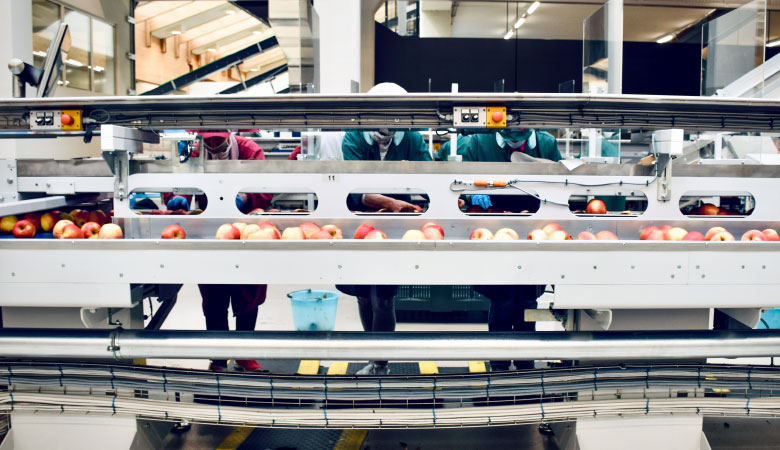
Sustainability / Articles
How to save energy: 12 best practices for food companies
Electricity is one of the main operating costs for food companies. This is how to save energy with 12 simple best practices.
Posted in 2022-07-21



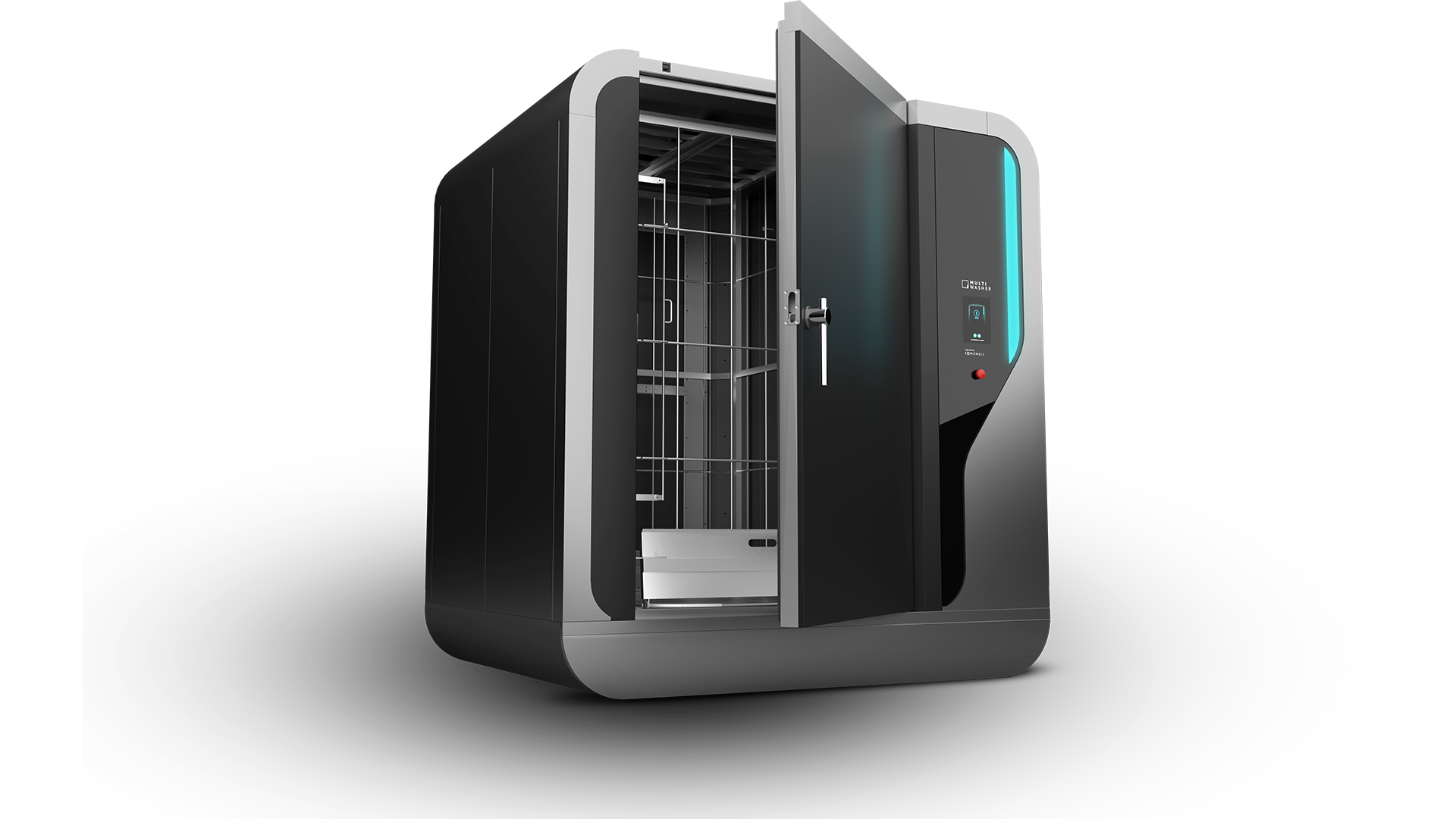















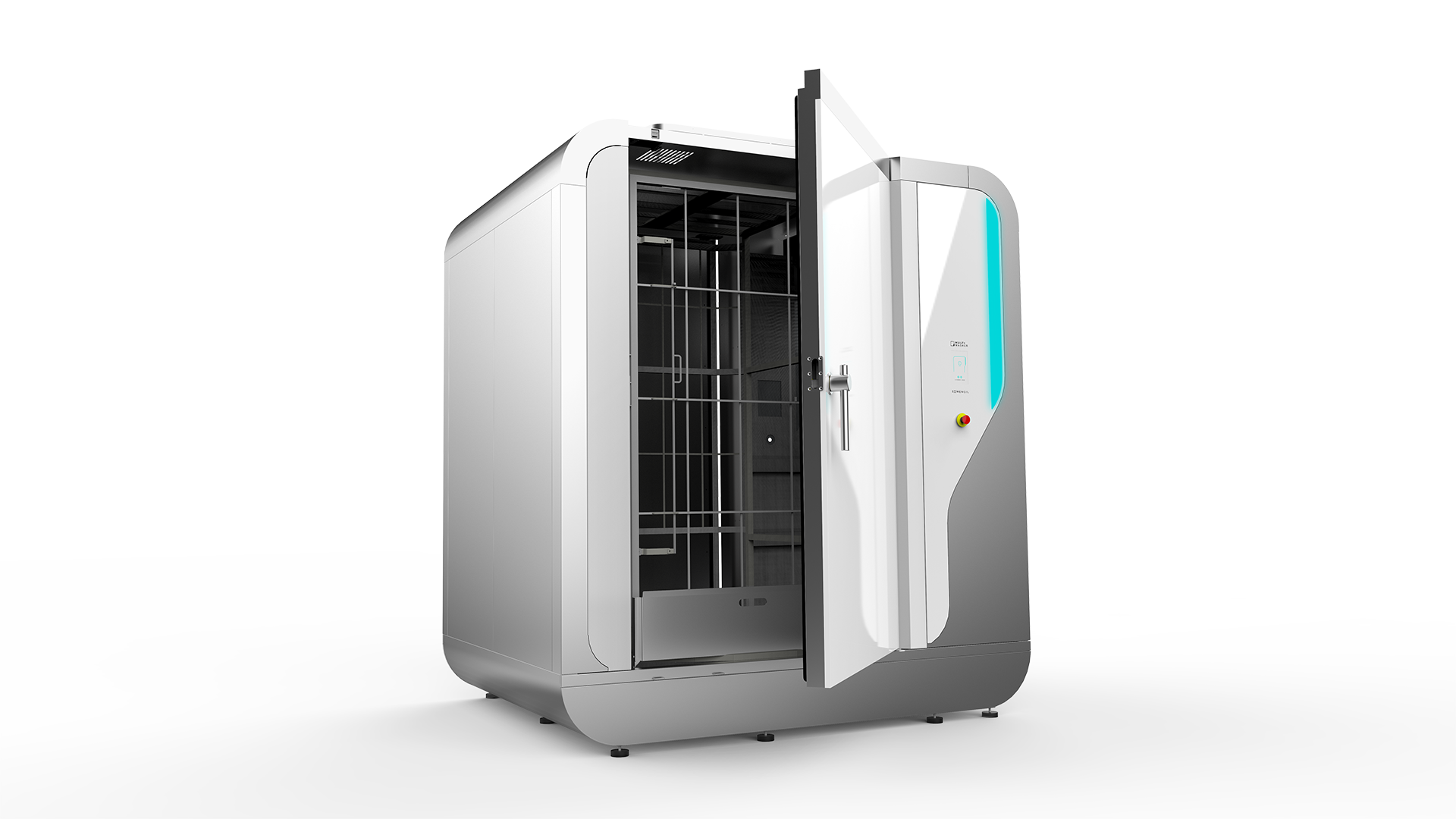


 Portugal
Portugal United Kingdom
United Kingdom United States
United States France
France Spain
Spain Germany
Germany Romania
Romania Italy
Italy Czech Republic
Czech Republic Finland
Finland Hungary
Hungary Slovakia
Slovakia Greece
Greece Lithuania
Lithuania South Korea
South Korea Russia
Russia Saudi Arabia
Saudi Arabia Poland
Poland Brasil
Brasil Hebrew
Hebrew